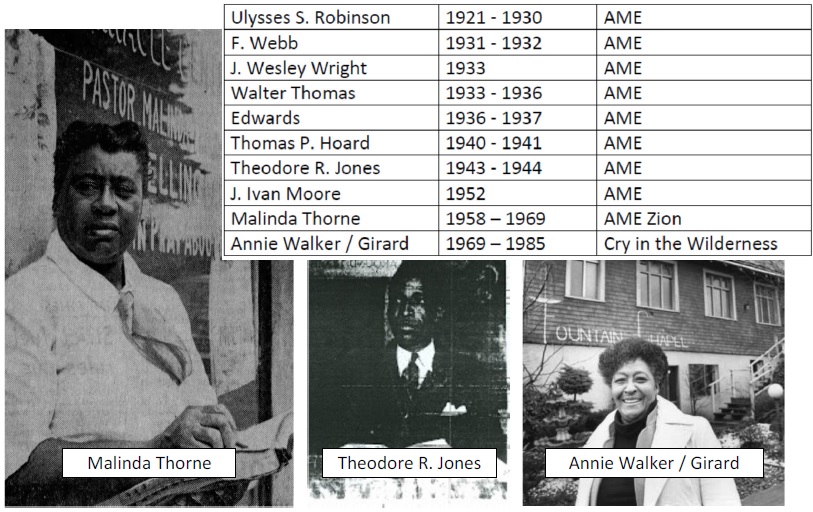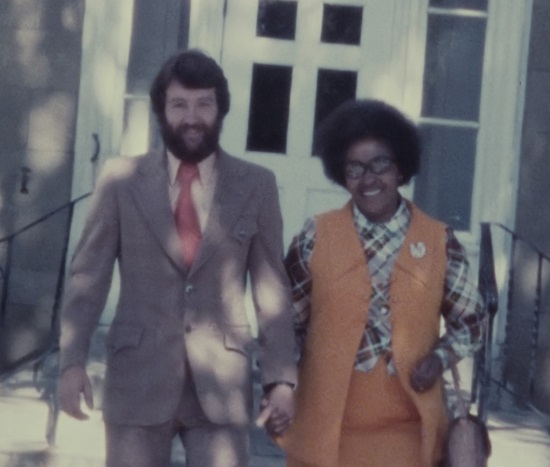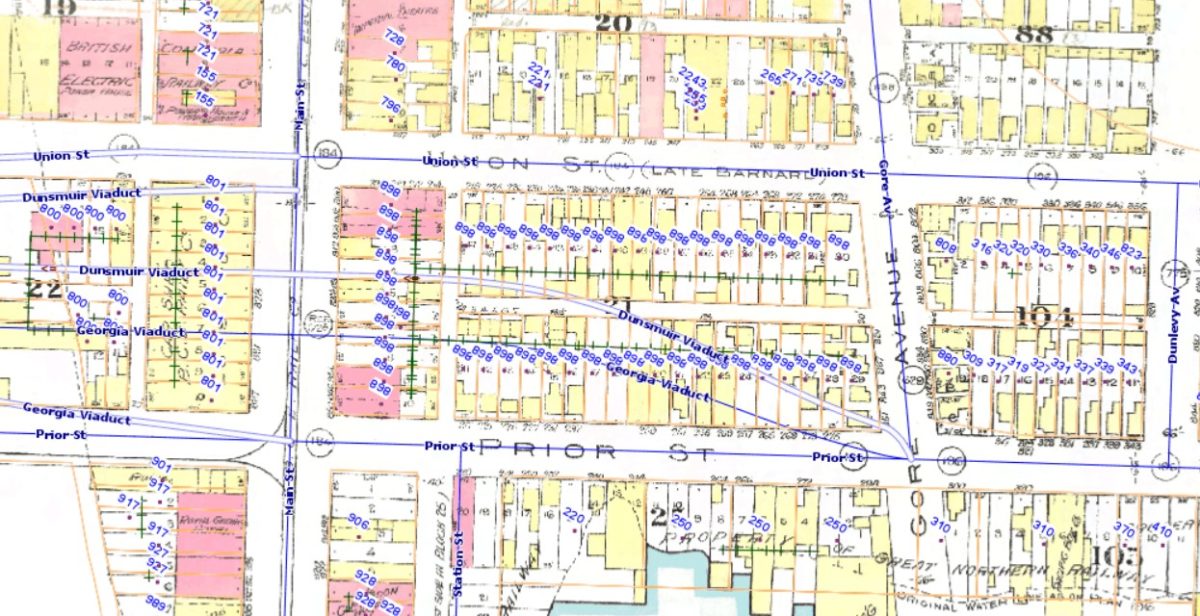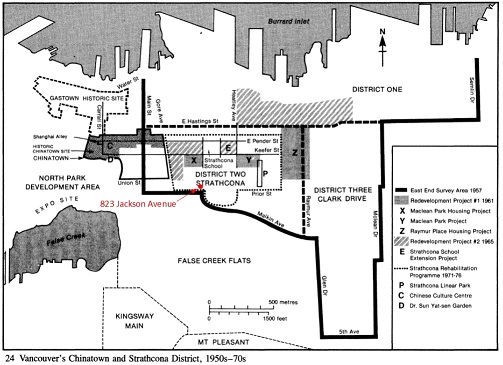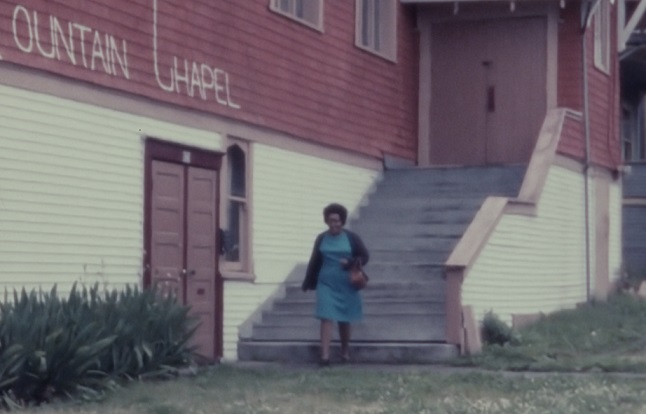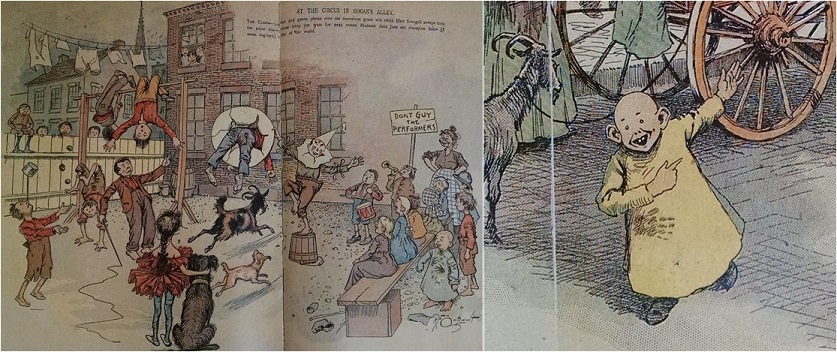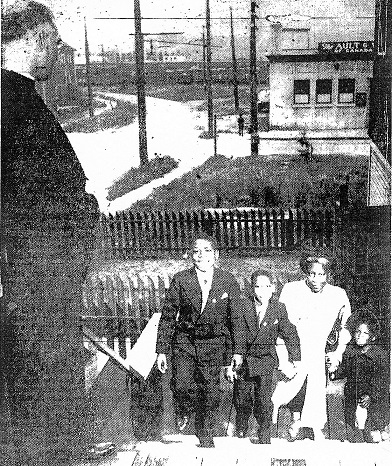For Black history month we honour the Black pastors who have offered services at one time at 823 Jackson Avenue. While the building was originally built as a Norwegian Lutheran Church, starting in 1921 it became an African Methodist Episcopal (AME) church. The AME Church was founded in 1816 in Philadelphia by Rev. Richard Allen and was the first independent Black denomination. As there was no Canadian branch of the AME, organizers of the Vancouver congregation were presided over by a Seattle branch and almost all of the pastors were sent from the United States.
Starting with the AME, the building became known as the Fountain Chapel and the first minister to serve was Reverend Ulysses S. Robinson, who arrived in Canada in October, 1921 (b. Texas, 1888; d. Chicago, 1947). Rev. Robinson was the longest serving minister of the AME and was in Vancouver about nine years. From the city directories and contemporaneous newspaper articles we can determine the names of at least some of the pastors who served after him. Shown in the table above are the names of the pastors, the approximate years that they were active and their associated church. This list is likely incomplete, especially in the period from 1944 to 1952 as there was a high turnover of pastors and they were not all recorded in city directories.
In her interview in Opening Doors, Nora Hendrix notes the high turnover of pastors after Rev. Robinson, saying “… then after six years we commenced getting different preachers every year pretty well” [Marlatt and Itter, 1979]. This was at least in part due to a dwindling congregation and the difficulty in supporting a full-time pastor. Rev. Theodore R. Jones, who was the pastor in 1943-1944 gave his opinion in a newspaper article at the time that his small congregation was due to the lack of racial discrimination which made it too easy for Black people in Canada. [Province, January 17, 1944.] Adam Rudder also notes that “… it seems certain that by the end of the 1950s Black people had moved from Strathcona and scattered into the greater Vancouver area … families chose to move outside of the lower socioeconomic area of Strathcona and into more middle class neighborhoods … when black people were able to get better jobs, they began to buy houses in other areas of the city.” [Rudder, 2004] Also, Rev. Mac Elrod, who attempted to restart the AME congregation in 1969 found that the original congregation had largely moved out of the neighborhood and were attending services in other churches. Thus, the decline of the AME congregation at 823 Jackson Avenue can at least in part be attributed to the upward mobility of the original congregation. Many had left Strathcona not because they had to but because they could (i.e. on their own terms).
Due to the decline and lack of a viable AME congregation, from the mid-1950’s through the 1960’s the building at 823 Jackson Avenue was little used and mostly vacant. We do know that some of this time it was utilized by Rev. Malinda Thorne, who operated a shelter and soup kitchen in Vancouver known as “God’s Rescue Mission”. The shelter housed 10-15 transients and homeless people per night and Rev. Thorne served food and held nightly gospel services. Rev. Thorne was a minister with the AME Zion Church, a different denomination from AME and was forced to vacate the building in 1969.
Starting in 1969, Rev. Annie Walker (who changed her name to Annie Girard in 1976) took over the building and operated a non-denominational ministry she called the Cry In The Wilderness Church, while maintaining the name of the Fountain Chapel for the building. Rev. Girard (nee Annie Lluella Barry) was born in Stonybrook, Alberta and along with Rev. J. Ivan Moore (who was born in Guelph, Ontario) were the only Canadian born pastors in this list, the rest being from the United States.
Rev. Girard describes in an interview from 1977 how she had a life changing vision in June 1969 in which she was visited by an angelic being who instructed her to “Go and claim the old cloured people’s church for the glory of God.” [Opening Doors unpublished interview, Marlatt and Itter, Royal BC Museum and Archives] At the time she did not know how to make this a reality, but she persevered. She first volunteered to clean up at the church, then she started preaching her own worship services at the church and eventually convinced the presiding AME elder in Seattle to sell her the building. While she owned the building until 1985, it’s not clear how long Rev. Girard offered church services. At least until the early to mid-1970s she preached and performed weddings in the building.

